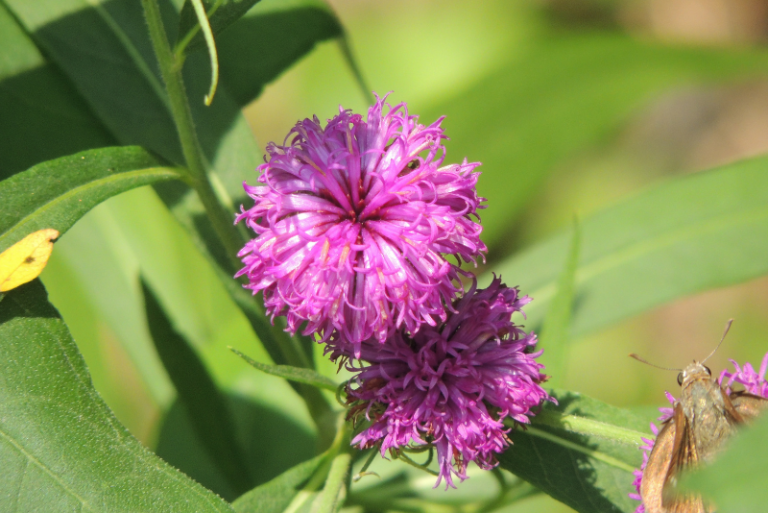Gerbera Daisy Indoor Care: Complete Growing Guide
Bringing the vibrant charm of Gerbera Daisies into your home can transform any indoor space into a living rainbow. Known for their dazzling array of colors, these bold blooms captivate the soul with their radiant presence. While many see these daisies as an outdoor treasure, they are just as delightful and rewarding when taken under the wing of an indoor gardener.
This comprehensive growing guide takes you through the essentials of Gerbera Daisy care, from getting to know your daisy to fostering their full bloom potential. Whether you’re a green-thumb enthusiast or a complete novice in the world of indoor gardening, you’ll find the information you need to cultivate a thriving Gerbera Daisy in your home sweet home.
Gerbera Daisy Profile
Before you can tend to your Gerbera, it’s important to understand the star you’re nurturing. Gerbera Daisies, often called Transvaal daisies, are native to South Africa and are members of the sunflower family. Their name is a nod to German botanist Traugott Gerber, and they symbolize innocence, purity, and cheerfulness.
Gerberas come in a range of colors including red, yellow, orange, pink, and white, with hues that can lift any room. They boast a long flowering season if given the right care and conditions.
Popular varieties include:

- Gerbera Jamesonii: The most common species with a rosette of broad leaves and large daisy-like flowers
- Gerbera Garvinea: A more compact variety with smaller flowers, usually in shades of pink or red.
- Gerbera Jamesonii Hybrids: These hybrids offer improved flower size, stem length, and disease resistance.

When selecting a variety for your indoor garden, look for those specifically bred for indoor culture to ensure they thrive in a home environment.
Indoor Growing Conditions
Light Requirements
Gerberas love light and need full sun to thrive. Place them near an east- or south-facing window where they can soak up the morning and afternoon rays. If natural light is scarce, consider supplementing with a grow light to keep your daisies happy.
Temperature and Humidity Needs
In the realm of temperature, Gerberas do best in a range between 65°F to 75°F (18°C to 24°C). Be cautious of sudden drafts or changes in temperature, as these can lead to bud drop. Normal household humidity is typically suitable for Gerberas.
Soil and Potting Considerations
The right soil mix and drainage are vital. Choose a well-draining potting mix specifically formulated for flowering plants to avoid waterlogged roots, which can lead to rot. A clay pot with drainage holes allows for excess water to escape, ensuring the soil doesn’t stay excessively damp.
Watering and Feeding
To keep your Gerbera healthy, watering is key. They prefer the soil to dry out slightly between watering, but it’s crucial not to let it dry out completely. Stick your finger into the soil about an inch down – if it feels dry, it’s time to water. Water at the base of the plant to avoid fungal diseases.
When it comes to feeding, during the growing season, use a balanced liquid fertilizer every two weeks. Reduce the feeding during the cooler months when growth typically slows down.
Pruning and Deadheading
Maintaining healthy Gerbera Daisies includes regular pruning and deadheading. Remove any yellow or dead leaves as soon as you notice them. For spent flowers, simply cut the stem back to the base of the plant. This encourages new blooms and keeps the plant looking neat.
Common Pests and Diseases
Gerberas are relatively hardy, but they can fall victim to pests such as aphids or whiteflies, as well as diseases like powdery mildew. Keep an eye out for any signs of trouble and treat promptly with insecticidal soap for pests or a fungicide for diseases.
Propagation
If you’re keen on propagating your Gerbera Daisies, you have a few options. The most common methods are by division or by seed:
- Division: This is best done in spring. Gently remove the plant from its container, and using a sharp, sterile knife, cut the root ball into sections. Each section should have a few healthy roots and a growing point.
- Seed: Gerbera Daisy seeds require light to germinate, so simply sprinkle them on the soil surface of a moist seed-starting mix. Keep the seeds warm until they germinate, usually within a few days to a week.
Conclusion
Gerbera Daisies can offer year-round sunshine with their rainbow blooms, and with the right care, they can be a rewarding botanical companion in your indoor garden. Remember to provide them with ample light, water and feed them appropriately, and be on the lookout for pests and diseases. With this guide, you have all the tools you need to care for your Gerbera Daisies and enjoy their beauty day in and day out.






